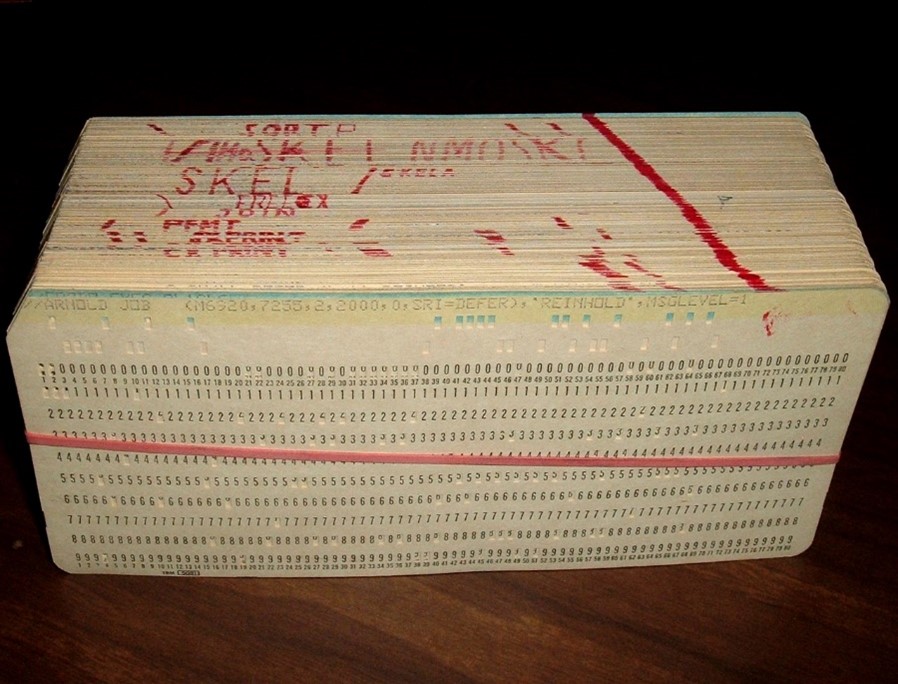Building a Book: HathiTrust, Ancestry.com, Serendipity, and Lifetime Interests – Some Experience, and Some Thoughts, on Utilizing this Material in Teaching
In the summer of 2019, shortly before Republic of Numbers was published, I taught a course on the history of mathematics at Hood College, in Frederick, Maryland. The small class consisted of in-service teachers, ranging from preschool to community college. This was an intensive course, with eleven class meetings over three weeks and each class lasting 3.5 hours. This format seemed to beg for variety, for ensuring that in each class period I could announce, “And now for something completely different!” As one aspect of this, I supplemented my coverage of standard topics in the history of Western mathematics from antiquity to the 18th century with an overview of mathematics in the United States, relying on the biographical material from my forthcoming book, which was fresh in my mind. I briefly describe some of what I did below.
D. H. Hill’s algebra book proved provocative and was an excellent way to introduce students to HathiTrust and the rich supply of old textbooks now readily accessible. Students enjoyed browsing these books for familiar and unfamiliar material. (Only briefly alluded to above, Hill’s book offers numerous opportunities to compare the 19th-century algebra curriculum with today’s.) I asked students to pick a book and then to inquire whether the author was known to the internet. This led into discussion and exploration of online biographical sources, especially Wikipedia and MacTutor.
This line of inquiry was further developed in connection with Christine Ladd-Franklin, whose story I introduced much as explained above. Students were asked to perform a similar analysis on the biographical details associated with a selection of mathematicians. I emphasized the importance of tracking sources to their origin and the necessity of subjecting them to scrutiny.
Given more time, I might have chosen to continue the theme of biographical source analysis with E. T. Bell and Lillian Lieber, both of whose lives feature periods of intriguing obscurity. The feasibility of assigning students to perform the kind of research I was able to accomplish with Ancestry.com is unclear to me. In my Hood class I treated Bell and Lieber very briefly during an overview of 20th-century popularization of mathematics.
Gibbs is another figure I treated only briefly at Hood, mainly in connection with quaternions and vectors, and Wilson I mentioned not at all. But there certainly is a wealth of material on both, in print and online, technical and non-technical, making them attractive as subjects for biographical research by students.
I introduced several other mathematical Americans in my Hood class whose appearance in my book I have not expounded upon here. The life of Abraham Lincoln offered an opening to discuss the importance of “cyphering books” in the early United States, to examine the 19th-century approach to proportional reasoning via the “rule of three,” and to consider the place of Euclid’s Elements in American education. I used Joseph Ray and Catharine Beecher for further exploration of textbook writing, both in regard to content and as commercial endeavors. And I employed the careers of Herman Hollerith and Grace Hopper to inform my students of key developments in the history of computers, in particular astonishing them with the revelation of the long reign of the punched card.

Figure 23. A deck of punched cards comprising a computer program, created by Arnold Reinhold, ca 1969.
Photo by Arnold Reinhold. Shared in accordance with CC BY-SA 3.0.